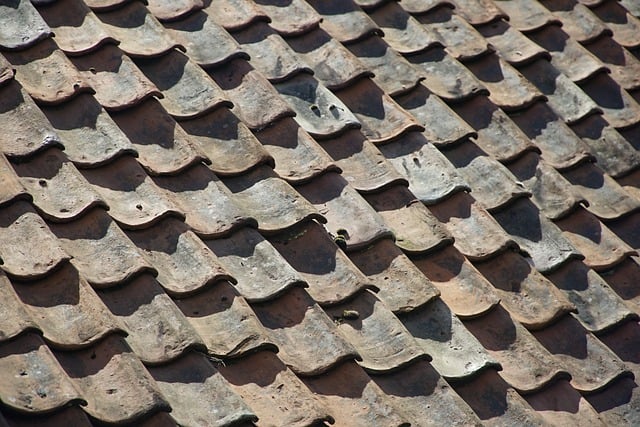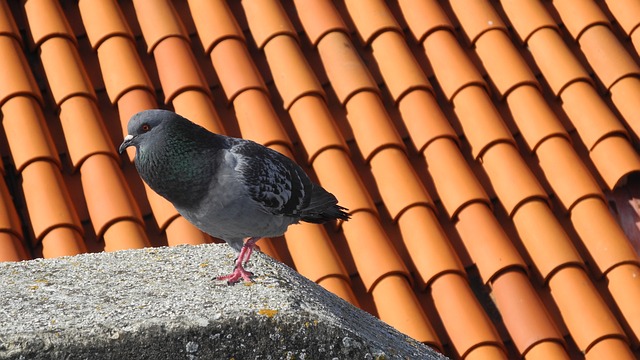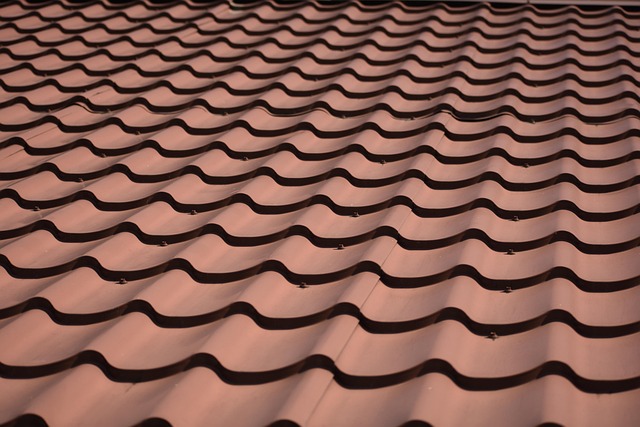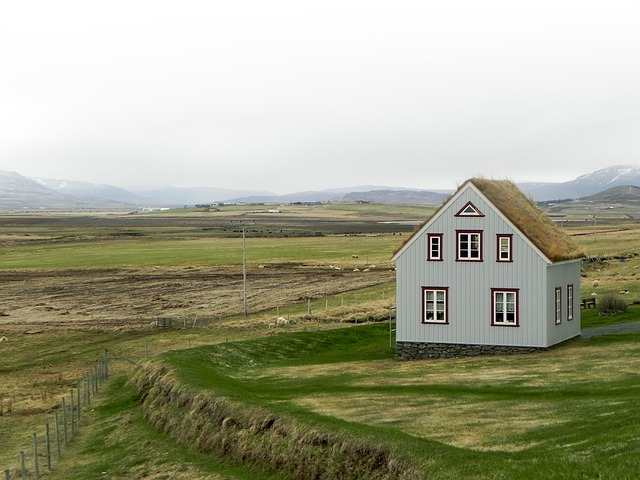When planning a roof installation for your office, consider climate conditions, building structure, energy efficiency, future expansion potential, and aesthetic preferences. Flat roofs offer flexibility for solar panels or outdoor spaces, while pitched roofs provide traditional aesthetics and enhanced natural light. The installation process includes meticulous planning, underlayment installation, choosing appropriate roofing materials, and a final inspection. Select durable materials suited to local conditions and environmental sustainability goals. Prioritize safety with protective gear, site inspections, adherence to building codes, and secure work platforms. Regular maintenance through inspections, cleaning, and specialized equipment for high-rises ensures the longevity of your roof.
Roof Installation for Offices: A Comprehensive Guide
In the world of commercial property management, a robust roof is not just an addition but a necessity. Understanding your office’s roofing needs is the first step towards ensuring optimal protection and longevity. This article delves into the intricacies of roof installation, offering a comprehensive overview of types, installation processes, material choices, safety measures, and post-installation care. By exploring these key areas, you’ll be equipped to make informed decisions for your office’s roofing project.
Understanding Your Office's Roofing Needs

When considering roof installation for your office, understanding its unique roofing needs is paramount. Factors such as climate, building structure, and energy efficiency play a significant role in determining the most suitable roofing solution. For instance, if your office is located in a region with frequent heavy rainfall or snow, a robust and waterproof roof is essential to prevent leaks and ensure the longevity of the structure. On the other hand, incorporating green or sustainable materials can enhance energy efficiency, reducing heating and cooling costs, which is particularly beneficial for commercial spaces.
Additionally, offices often require roofing that accommodates future expansions or renovations. Flat roofs, for example, offer flexibility for adding solar panels or creating additional outdoor space, aligning with modern office trends. Understanding these specific needs will guide the selection of materials, designs, and installation techniques to create a roof that serves both functional and aesthetic purposes, ultimately contributing to a comfortable and efficient work environment.
Types of Commercial Roofs: A Comprehensive Overview

Commercial buildings often feature various roof types, each designed to cater to specific structural needs and aesthetic preferences. One of the most common is the flat roof, a straightforward design that provides ample space for additional infrastructure like solar panels or green roofs. Flat roofs are relatively easy to install and maintain, making them a popular choice for offices and multi-story structures.
Another prevalent option is the pitched or angled roof, characterized by its sloping surfaces. These roofs offer traditional aesthetic appeal and can effectively manage rainfall and snow accumulation. Pitch roofs are suitable for larger office complexes, allowing for better natural light penetration and providing space for mechanical equipment. The installation process involves precise measurement, cut, and placement of individual shingles or tiles, ensuring structural integrity and weatherproofing.
The Installation Process: Step-by-Step Guide

The roof installation process for offices involves several key steps to ensure a sturdy, reliable, and durable structure. It begins with meticulous planning and preparation, including assessing the building’s structural integrity and obtaining necessary permits. The next step is setting up a solid foundation by installing underlayment, which provides an extra layer of protection against moisture and damage.
After that, the installation of roofing materials commences. This can vary depending on the chosen material—whether it’s traditional shingles, metal panels, or eco-friendly options like rubber or TPO membranes. Each type has its own specific application techniques to ensure optimal performance. Finally, a thorough inspection is conducted to verify the roof’s integrity, drainage systems are checked, and any necessary touch-ups or adjustments are made to guarantee a high-quality installation.
Choosing the Right Materials for Longevity

When undertaking a roof installation, particularly for offices, selecting durable and high-quality materials is paramount to ensuring longevity. This investment is crucial as it shields your building from harsh weather conditions, provides insulation, and significantly impacts energy efficiency. Opting for industry-leading roofing solutions, such as asphalt shingles or metal panels, offers superior protection against leaks and damage.
Aspart of your decision-making process, consider factors like climate patterns in your region, local regulations, and maintenance requirements. For instance, areas prone to heavy snowfall might benefit from steeper roof pitches and snow-resistant materials. Additionally, choosing materials that align with environmental sustainability goals can enhance the building’s overall appeal and contribute to long-term savings through reduced energy consumption.
Ensuring Proper Safety Measures During Installation

When undertaking a roof installation for offices, safety should never be compromised. With heavy materials and complex processes involved, implementing robust safety measures is paramount to protect both workers and existing structures. Proper protective gear, including hard hats, safety harnesses, and steel-toed boots, is mandatory for all personnel on-site. Regular site inspections and adherence to local building codes are crucial steps to ensure the integrity of the project and prevent any accidents.
Furthermore, securing a stable work platform and utilizing appropriate ladders or scaffolds guarantees safe access during various installation stages. Effective communication among the team and clear demarcation of hazardous areas help maintain a secure environment. Regular training on safety protocols and up-to-date knowledge of emergency procedures are essential for every member involved in the roof installation process, ensuring a seamless and accident-free project completion.
Post-Installation Care and Maintenance Tips

After a successful roof installation, proper care and regular maintenance are essential to ensure its longevity and structural integrity. One key tip is to schedule routine inspections, especially after extreme weather events or if you notice any signs of damage. During these checks, examine the roof for loose or damaged shingles, flashing, or gutters, addressing issues promptly to prevent further complications.
Regular cleaning of your office’s roof is another vital step. Remove debris and dirt buildup, as these can block drainage systems and lead to water damage. Consider using specialized equipment for high-rise buildings to ensure safety and efficiency during maintenance tasks. By implementing these simple yet effective practices, you’ll contribute to the overall durability and performance of your newly installed roof.
